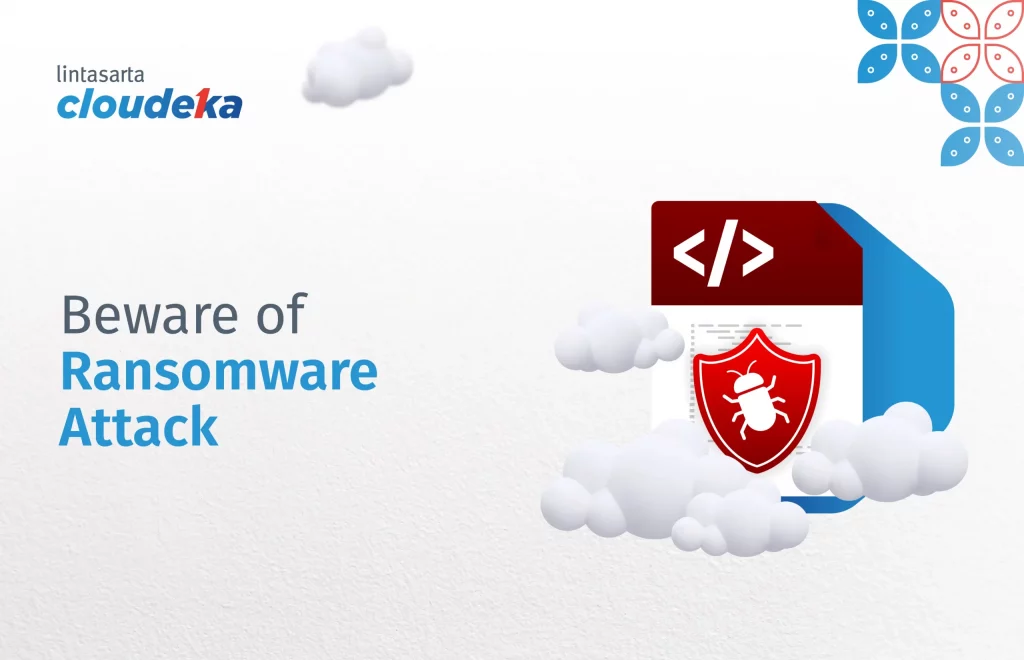A computer virus is one of the important aspects for individuals or businesses to watch out for due to its big negative impact. One type of virus, namely Ransomware, has taken the world by storm a few years ago. The victim of the Ransomware virus is mostly a company, and the financial losses suffered due to attacks are quite large.
What is Ransomware Virus?
Ransomware is the type of malware attack by locks and encrypts the data of the victim. The perpetrator will demand a ransom from the victim so that the data can later be accessed. They will provide a decryption key to restore access to the victim’s data.
The amount of the ransom is quite large from hundreds to thousands of dollars. They will require the victim to employ the payment by using cryptocurrency so that they will remain untraceable. But unfortunately, there are cases where even the decryption key is still not given even though the victim has been given a ransom.
YOU MIGHT ALSO LIKE:
- What is Phishing and How to Prevent It?
- The Use of Robotic Process Automation in Human Lives
- What is Big Data: The Importance and Benefit
There are a few examples of well-known ransomware virus attacks as follows:
1. WannaCry
This particular attack is using encryption or is also called as Crypto Ransomware. They will encrypt highly confidential data and files so the owner cannot access them. The WannaCry perpetrator is usually targeting Microsoft Windows-based operating system computers. They later will ask for ransom in a form of Bitcoin.
In 2017, WannaCry is quite popular around the world. This virus spread to 150 countries and caused up to $4 billion.
2. Locky
Locky was initially spread around 2016 in a few countries such as North America, Europe, and Asia. One hospital in Los Angeles was the victim of Locky, a hacker demanded a ransom equal to $17.000. Ransomware virus spreads through social engineering techniques. The hacker will send a scam email to the victim and ask them to click on the link.
3. Petya
It first spread in June 2017, targeting PCs and laptops with the Windows operating system. This virus will encrypt the entire hard drive by accessing the Master File Table (MFT). This makes the victim unable to access the disk.
How Do Ransomware Virus Spread?
There are a few methods conducted by the hackers to spread the ransomware. They usually spread the virus via a phishing email and hack online advertising to spread malware (malvertising). After they spread the virus, the hacker will encrypt the file and ask for a ransom that should be paid no more than 24 or 48 hours. If they don’t get the ransom they asked for, the victim data will be gone.
How to Prevent Ransomware?
Even though it sounds scary, you can prevent yourself from becoming a victim of ransomware. One of them is continuously updating the software and using a trusted additional antivirus. In addition, to prevent the loss, you should also back up all important files whether using the Cloud or hard disk.
When connected to the Internet, try to avoid public Wi-Fi networks. Because many public Wi-Fi networks are not secure. Most importantly, never click on any links from untrusted sources. Because this is a way for hackers to spread Ransomware viruses
